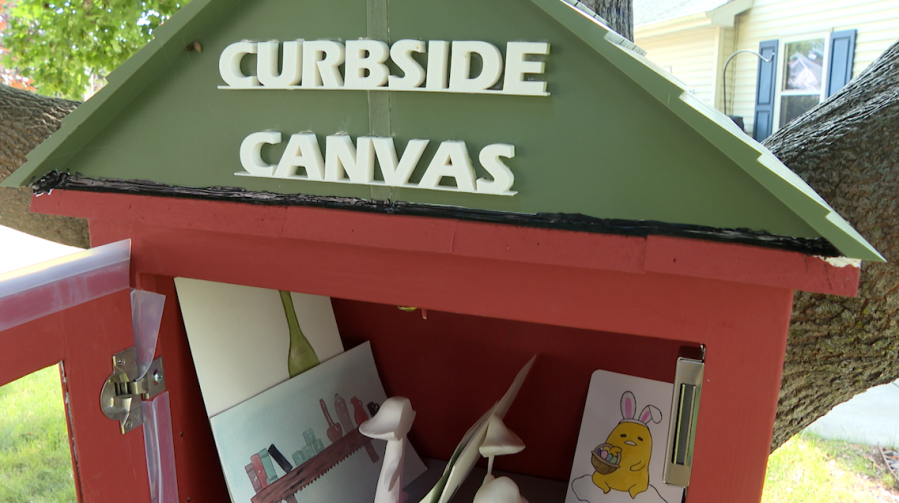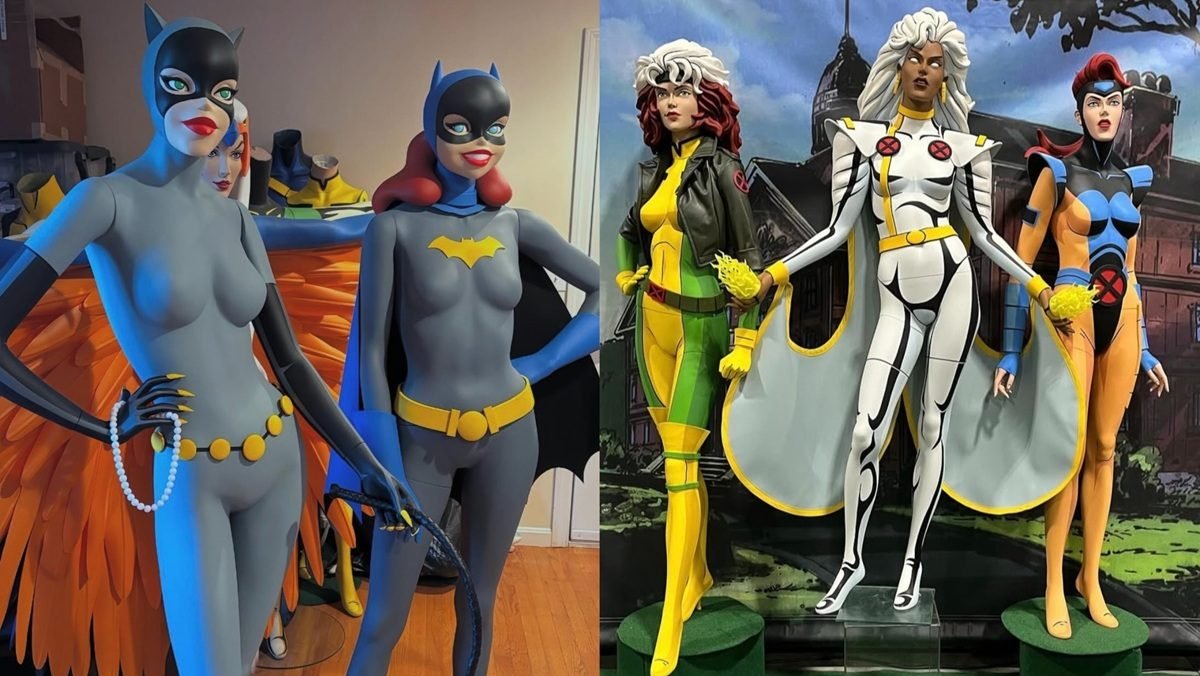The story of late artist Ana Mendieta has made headlines, with both a recently released novel and a docuseries in the works based on her life and tragic death. Mendieta’s niece, Raquel Cecilia Mendieta, the administrator of her estate, has become increasingly concerned about Mendieta’s legacy and how these media projects depict her story.
Born in Cuba to an upper-class family, in 1961, 12-year-old Mendieta and her older sister were sent to the United States to live in Dubuque, Iowa, as part of Operation Peter Pan, a program for Cuban children to flee Fidel Castro’s regime. Mendieta became a successful performance artist, sculptor and painter.
Having faced a great deal of discrimination in art school, her work predominantly focused on violence towards women. After completing her studies, Mendieta moved to New York City, where she met her husband, minimalist sculptor Carl Andre. Her life was tragically cut short when she fell from her 34th-floor apartment in Greenwich Village in New York City, where she had lived with Andre for eight months.
Controversial Death
Her death has been the subject of controversy, with Andre being charged and later acquitted of her murder. Though fellow artists came to Andre’s defense, Mendieta’s family and supporters continued to believe that he was responsible for her death. According to a New York Times article from 1988, a recording of Andre’s 911 call revealed him saying, “My wife is an artist, and I’m an artist, and we had a quarrel about the fact that I was more, eh, exposed to the public than she was. And she went to the bedroom, and I went after her, and she went out the window.” Make what you want of that statement, but there certainly seems to be ground for the belief that her death wasn’t a suicide or accident.
Mendieta’s Portrayal
A 2022 true-crime podcast about the story was heavily criticized as marginalizing Mendieta’s life and legacy, as it mainly focused on Andre’s life and career. Now, two recent works in particular, a novel by Xochitl Gonzalez and a forthcoming docuseries starring America Ferrera, have renewed concerns by Mendieta’s estate about how her life and death are portrayed. While the estate has control over her physical art and how it’s used (in 2018, the estate sued Amazon Studios for a film that drew heavily on Mendieta’s works), her biographical rights are a different story.
Rights of the Estate
“In general, if you want to tell a story about a deceased public figure, you don’t need to get permission from their estate,” explains Nicole Page, partner at Reavis Page Jump LLP in New York City. “However, if you want to use that individual’s music, artwork, or other intellectual property in your production or book, or if you want to include archival materials, and their estate owns and controls the copyright in or the access to those works, you will have to obtain permission from the estate. In that case, it’s typical for an estate to request certain consultation (or even approval) rights over the content, allowing the estate to have input in how the story is told.”
Unfortunately for Mendieta’s estate, U.S. courts have upheld this legal notion, such as in Seale v. Gramercy Pictures, which held that so long as the purpose of the works is to “capture the ‘essence’ of a historical event and not necessarily to recreate for the audience every historical detail of that event,” permission from the personality being portrayed in a dramatization isn’t necessary. Furthermore, an estate can’t sue for tort claims such as defamation or false light on behalf of someone deceased unless the wrongdoing occurred before the individual’s death (but again, even in such cases, courts have been lenient with allowing creators to have “artistic license” and creative freedom so long as the facts of the individual’s life are substantially accurate). Therefore, Mendieta’s estate appears out of luck in having a say in her portrayal.






